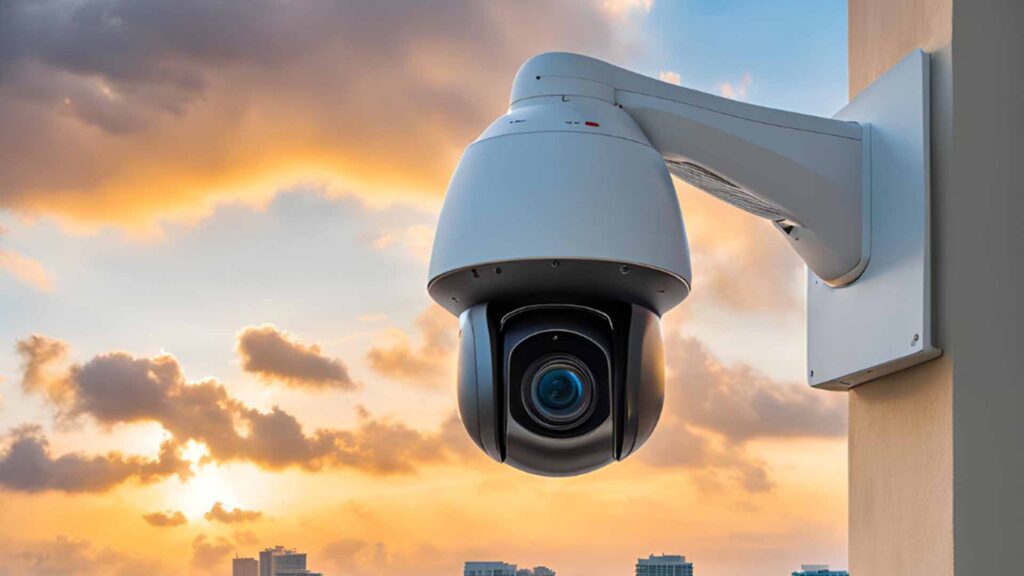
Coax vs. Network Security Cameras: Why Ease of Installation and Professional Help Matter
When considering a security camera system, one of the most significant decisions you’ll face is choosing between coaxial (coax) security cameras and network security cameras. Each has its advantages, but in terms of ease of installation, cost-effectiveness, and modern practicality, network security cameras often come out on top. Here, we’ll break down the differences and help you understand why hiring a low-voltage professional is essential to maximize your investment.
The Difference Between Coax and Network Security Cameras
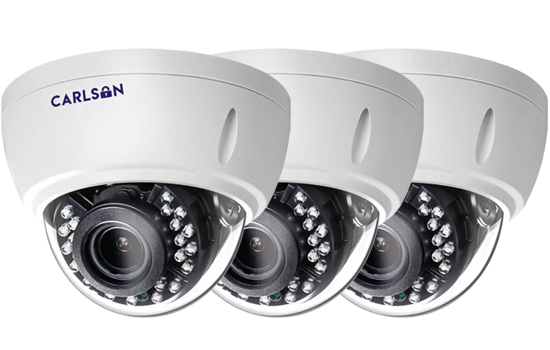
Coax Security Cameras: Coax cameras, commonly known as analog cameras, rely on coaxial cables to transmit video signals to a recording device. These systems often require separate wiring for power and video, making the installation process more labor-intensive. While they’re reliable for basic surveillance needs, their limited resolution and complex cabling make them less appealing for modern setups.
Network Security Cameras: Network cameras, often referred to as IP cameras, transmit video data over Ethernet cables. This allows for higher resolution, remote access, and flexibility in deployment. Many network cameras use Power over Ethernet (PoE) technology, meaning a single cable can handle both power and data, significantly simplifying installation.
Ease of Installation: The Network Camera Advantage
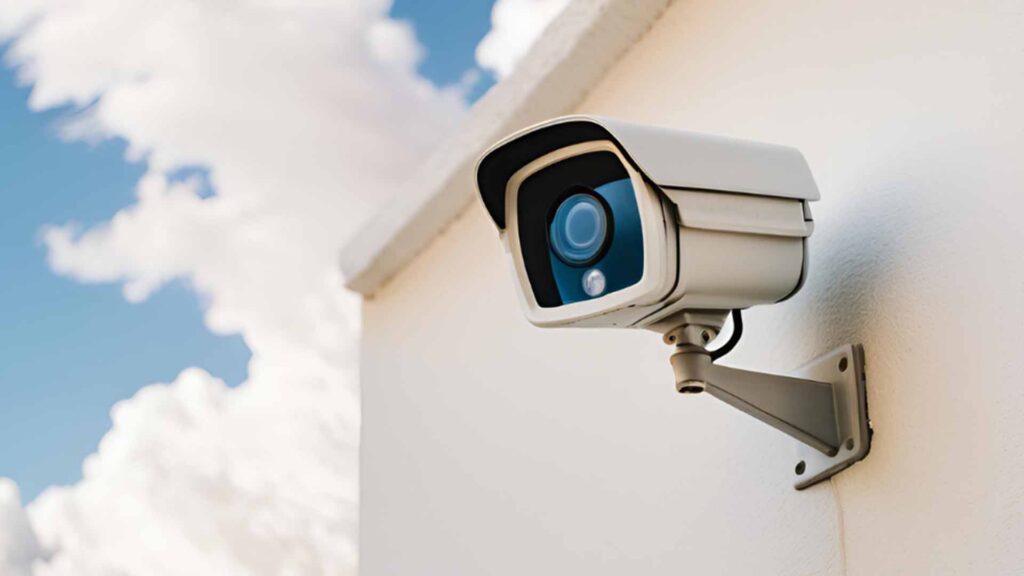
When it comes to installation, network security cameras are much easier to set up than coax systems. Here’s why:
Single-Cable Simplicity: With PoE technology, network cameras require only one Ethernet cable for both power and data. In contrast, coax systems often require separate cables for video, power, and sometimes audio, leading to a more complex installation process.
Future-Proofing: Network cameras are designed for scalability. Adding new cameras to a system is often as simple as connecting them to the network, whereas coax systems may require additional infrastructure upgrades.
Fewer Restrictions: Network cameras are not bound by the same distance limitations as coaxial cables. They can operate over longer distances using standard networking equipment, making them more versatile.
Cost Benefits of Easier Installation
The simplified installation process of network cameras directly translates into cost savings. With fewer cables and a streamlined setup, labor costs are significantly reduced. Additionally, network cameras’ flexibility means fewer disruptions and modifications to your property, which can save money in the long run.
Commercial vs. Residential Use: Choosing the Right Cameras
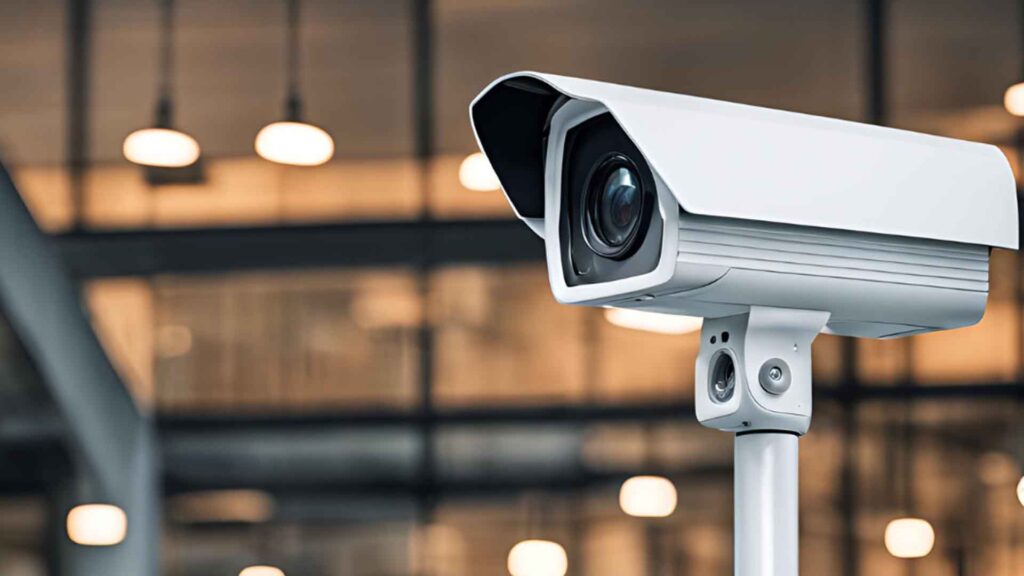
Aside from choosing between coax or network security cameras, there are also certain camera types that should be considered or disregarded, depending on their use. Some types of security cameras are better suited for commercial applications than residential ones:
Vandal-proof cameras: Designed to withstand physical damage, these are ideal for businesses in high-traffic or high-risk areas but are often overkill for home use.
PTZ (Pan-Tilt-Zoom) Cameras: These allow for wide-area coverage and zoom capabilities, making them perfect for monitoring large commercial spaces. However, most homeowners don’t need such advanced features.
LPR (License Plate Recognition) Cameras: These are specialized for reading license plates, making them invaluable for parking lots and gated communities but unnecessary for typical residential setups.
For most homeowners, network security cameras with standard features like motion detection, night vision, and remote access will suffice. These cameras are affordable and provide robust security without the complexity or cost of commercial-grade options.
DIY Installation: Is It Right for You?
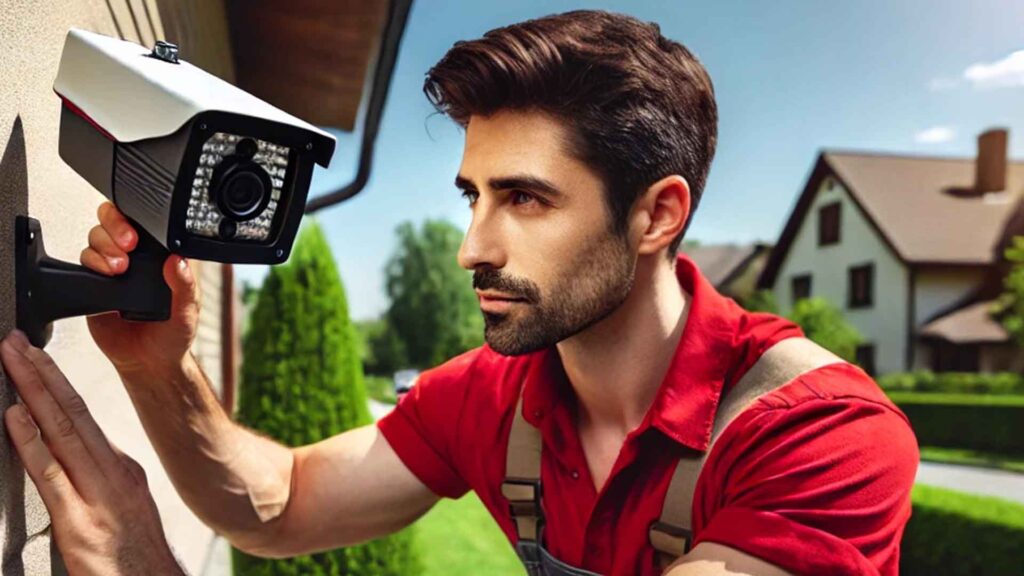
Installing security cameras yourself can seem like a cost-saving solution, but it involves much more than simply mounting the cameras. Effective installation requires a deep understanding of:
Camera Placement: It is crucial to know where to position cameras to cover critical areas without leaving blind spots. Poor placement can significantly reduce the effectiveness of your system.
Obstruction Management: Identifying potential obstacles such as trees, walls, or other objects and finding ways to work around them ensures clear, uninterrupted views.
Optimal Coverage: It takes experience to select the best angles and heights for each camera to maximize their field of view and capture essential details.
While it is possible to install security cameras yourself with careful planning and research, improper setup could compromise your system’s performance. To avoid these pitfalls and ensure that your security investment pays off, hiring a low-voltage professional is highly recommended.
The Importance of Hiring a Low-Voltage Professional

While network cameras are easier to install than coax systems, they still require planning and expertise. Improper installation can lead to poor camera placement, network issues, and reduced performance, undermining your investment.
A low-voltage professional can:
Ensure Optimal Placement: Professionals know how to position cameras to cover vulnerable areas while avoiding blind spots.
Handle Networking Requirements: Setting up a reliable network for your cameras involves configuring routers, switches, and sometimes even dedicated servers—tasks best left to experts.
Avoid Costly Mistakes: Mistakes during installation can damage equipment, cause poor video quality, or even cause system failure, all of which can be costly to fix.
So what's the final answer?
At J.Carlson Tech, we strongly advocate for the installation of network security cameras over coaxial options. While some may suggest evaluating the pros and cons or considering the initial costs, we believe in being candid. Coax cameras may seem more affordable at first glance, but when you account for the extra labor needed for installation, those supposed savings can vanish quickly.
Don’t fall into a costly trap. Rectifying a poor security camera installation decision is a headache you want to avoid. Trust our experience—we encounter these situations every day.
Choose network security cameras, engage a qualified professional for installation, and don’t skimp on anything that might lead to regret later. Ensure it’s done right from the start.


